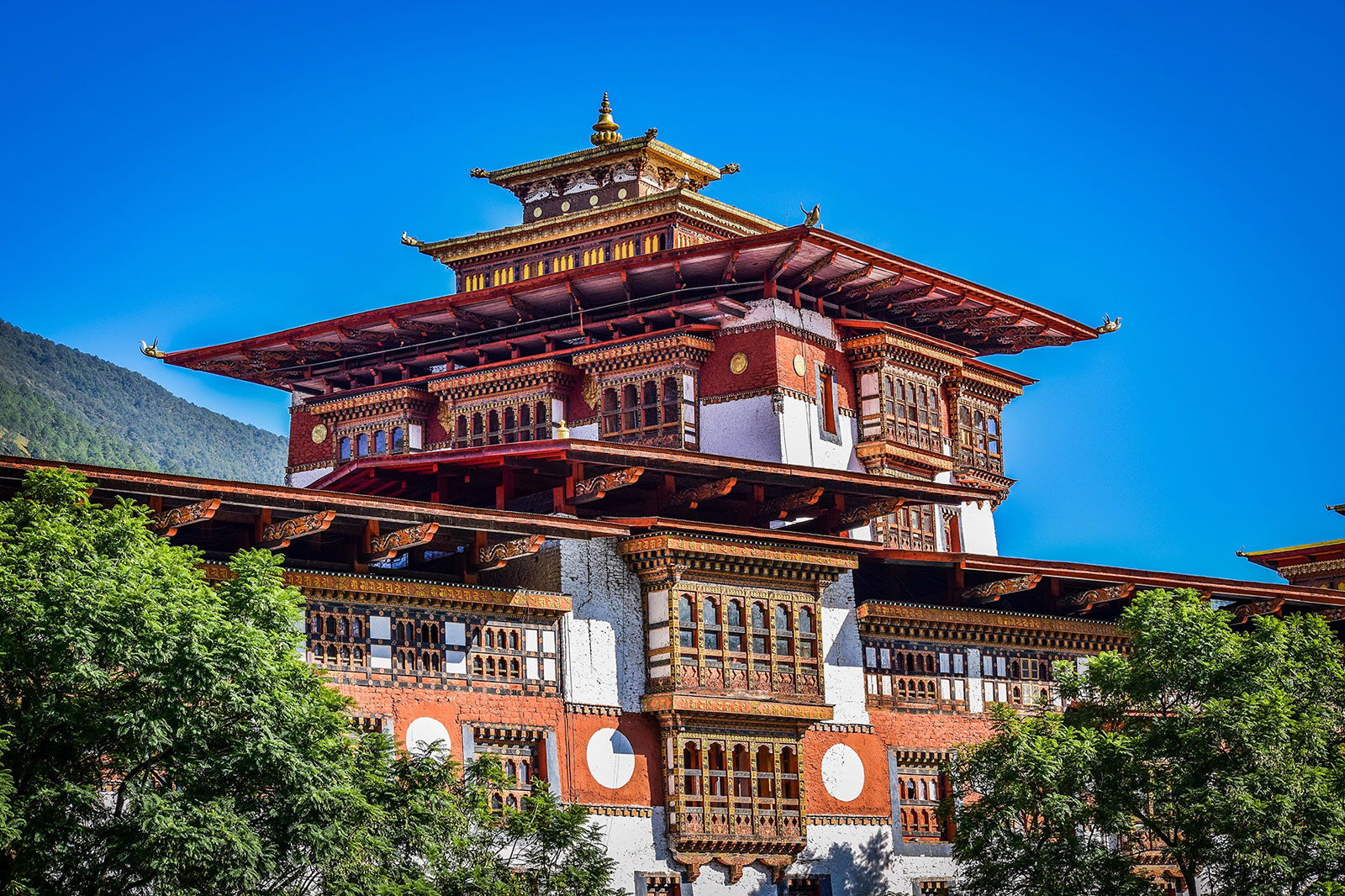 The river rafting and kayaking is one of the major attractions for the tourist travelling to Bhutan. In ancient time the river sports are hardly known to the people and with the modernization or change with times it has really bought benefit to the economic without harming the environment.
The river rafting and kayaking is one of the major attractions for the tourist travelling to Bhutan. In ancient time the river sports are hardly known to the people and with the modernization or change with times it has really bought benefit to the economic without harming the environment.
In a move to promote eco-tourism in Panbang Dungkhag under Zhemgang dzongkhag,(central southern Bhutan) a group of out-of-school youth has initiated river rafting. The dungkhag has a huge potential for tourism, as part of the Royal Manas National Park falls within the dungkhag. It’s close proximity to the Manas Wildlife Sanctuary in Assam, India also adds up the advantage.
The group, which has 11 members, had received basic training in river rafting from the Tourism Council of Bhutan. To further hone their skills, they practice twice every week.
They started river rafting in Drangme Chhu with support from the authorities concerned about a year ago.
“In one season, the Indian side gets 18,000 tourists. From that they say at least ten percent will visit Bhutan side, which will be about 1,000 tourists,” said one of the members, Kinlay Dorji.
While there is potential for tourism, there are also challenges that the group faces because of which they have not been able to launch river rafting commercially as yet.
“Actual white water rafting training will take three years and not one month,” said Kinlay Dorji. He said they cannot undergo the training on their own expenses as they all come from financially disadvantaged family.
The second reason, Kinley Dorji, said is the cost factor involved in going commercial. “To buy one raft it costs Nu.5, 00,000. We have not been able to get funds for that. So we are looking for grants.”
The equipment they have like rafts, life jackets and oars are all donated by the Bhutan Foundation and the Bodoland Territorial Council in Assam.
So, how did the group come together? Another member of the group, Tshering Wangchuk, he did study but couldn’t get employment. He had been staying at home with a job for about seven years when they started seeing opportunity in the area. “Some of the youth in the community came together to form the group.”
The group has identified different routes and will be targeting international tourists and the locals. The rate will vary accordingly.
The group is hoping to go commercial by December this year when the river is clean and the volume not so huge. They are optimistic that this project will not only promote tourism in Panbang but also contribute to the socio-economic development of the dungkhag.









